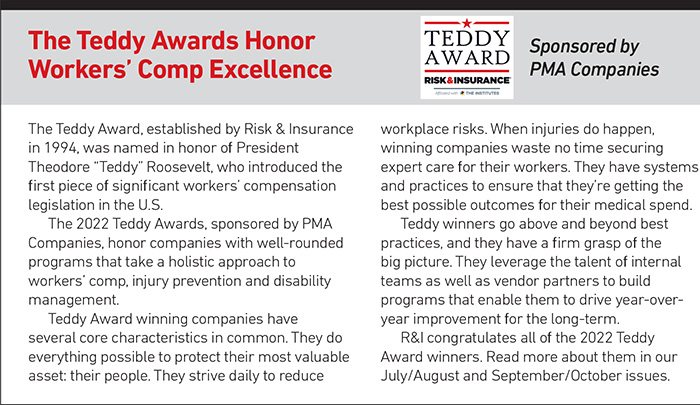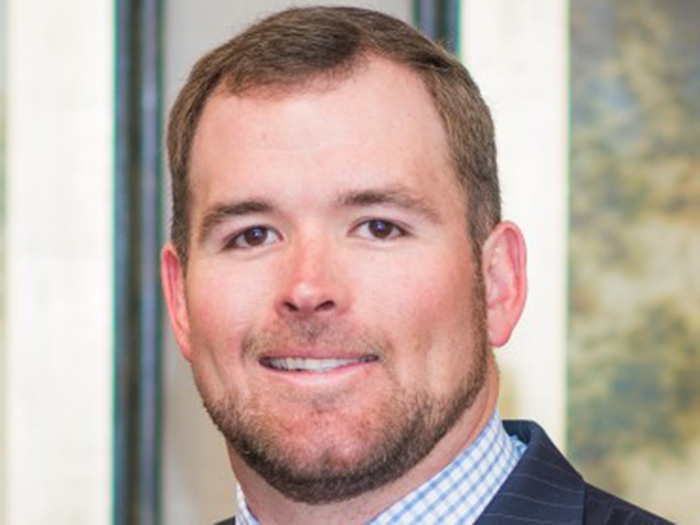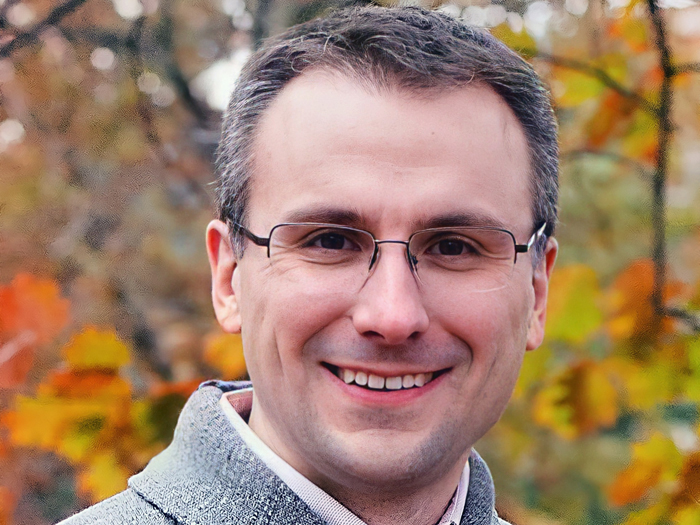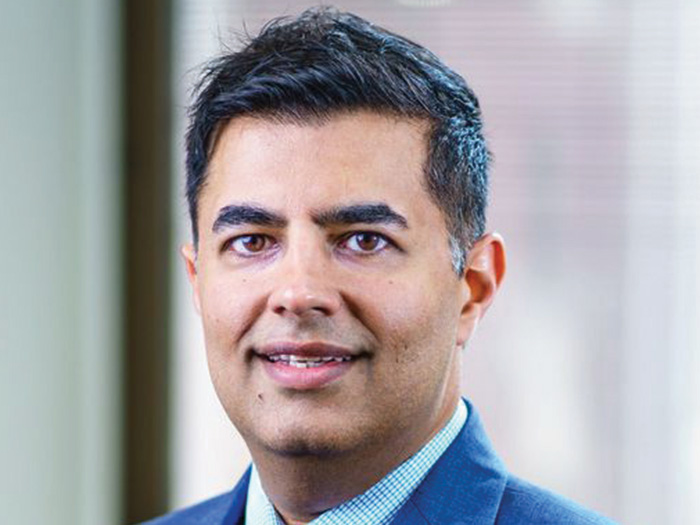One Claim at a Time: How Agriculture Manufacturer AGCO Focuses on Each Claim and Puts Injured Workers First
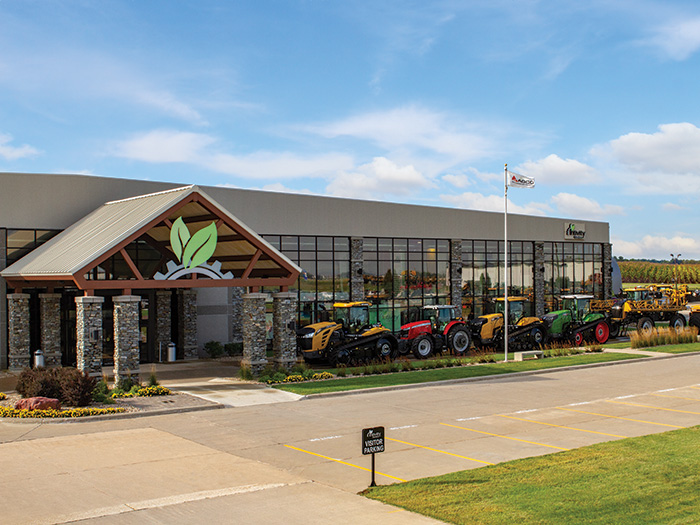
When Brent Pavelko interviewed for the manager of environmental health and safety position at AGCO Corp.’s Jackson operations in 2014, the company’s leadership told him that the location’s workers’ comp costs were a million dollars per year.
And then they moved on to the next part of the interview. They didn’t ask for his plans to reduce costs or keep injured workers’ safe while they worked on assembly lines building tractors, sprayers and other agricultural machinery.
Workers commonly hurt their hands during the manufacturing process. Eye injuries caused by stray pieces of metal were another frequent occurrence. Workers lifting heavy equipment are also prone to back and shoulder pain.
“I thought, oh boy, that’s a lot,” Pavelko said, “and we moved on.”
The location’s high workers’ comp costs also shocked Kimberly Phillips when she joined the company as senior manager of human resources for AGCO Corp.’s Jackson operations in 2015: “I took this position and saw the dollars that we were spending, I knew that we could do better,” she said.
And do better, they did.
Pavelko, Phillips and their teams started tackling open claims, looking for strategies to close them and get injured workers back on the job. They brought on Deanna Smith, as an occupational health and wellness onsite RN coordinator in 2014, to help guide claims. She helped develop a number of onsite clinics and employee training programs.
These efforts reduced AGCO Jackson’s workers’ comp costs by an average of $700,000 annually as compared to 2013. OSHA recordable and lost-time injuries are also on the decline. Their efforts to turn the program around have earned AGCO Jackson a 2022 Teddy Award.
Treat Every Claim As If It’s the Only One
The first step the team at AGCO Jackson took was to go through each of the company’s open workers’ comp claims in order to develop an action plan for getting it closed.
“That was really the beginning of it,” Phillips said. “We started looking at every one of the old cases and figuring out a strategy for each one of them.”
Before Phillips and Pavelko came to AGCO Jackson, there was a single workers’ comp administrator who ran everything off of a paper filing system.
“It was too big of a monster to take on for someone all by themselves,” Pavelko said. “First and foremost, I knew it was a case management issue. She was left all alone to do this job, this overwhelming job.”
The team spent hours going over each of the more than 40 open claims one by one. Pavelko recalls opening a door at one point to get some relief from the heat in the conference room.
“We sat in this little room for a long time and I thought, man, this is overwhelming,” he said. “I started to wonder to myself, how many of these claims are legitimate? How many are unnecessary? I was surprised at the age of some of these and how long they’ve been just lingering on with the company. Workers’ comp was just basically a candy dish that anyone was able to come and take a part of.”
One thing the experience taught them: “We had to start managing each case like it’s our only one,” Pavelko said.
So that’s exactly what they did. Smith sat down with each of the injured workers to figure out why their claims had been open for so long.
In one case, AGCO was paying for a prescription that wasn’t related to the workers’ comp injury. Another involved an injured worker who thought her light duty assignment was her new job. “She actually thought that her new position was that restriction,” Smith said.
By meeting with each injured worker, Smith was able to get claims back on track. But talking with workers about their claims wasn’t enough. AGCO needed to build relationships with providers as well.
In Minnesota, state workers’ compensation laws prohibit employers from directing care. Employees have the freedom to choose which doctors they want to see.
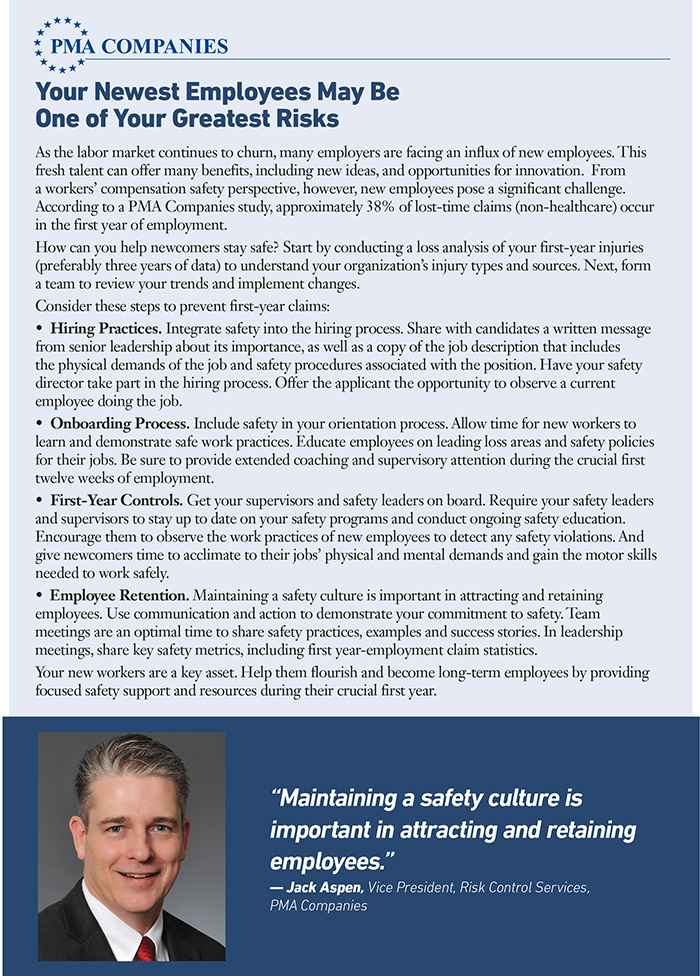
But care was sometimes delayed as doctors waited to get treatments approved by claims administrators. Smith communicates with providers so that she can approve treatments straightaway, in order to keep treatments moving and reduce financial stress for injured workers.
“We want to make sure that we don’t financially affect that employee as much as possible. And we really educated the providers to understand what our culture is here and how we manage it,” Smith said.
“If there’s an MRI or physical therapy or those type of things that are ordered, I, as a nurse working with that provider, can go ahead and say, okay, we’re going to move forward with that MRI. You’re not going to have to wait two weeks to get it approved.”
Doing More for AGCO’s Workers
The AGCO team knew they couldn’t just reel in open claims that had gotten out of hand if they wanted to make lasting changes to the workers’ comp program. They also needed to make injury prevention a top priority.
So, the company decided to open a number of onsite clinics: The Care Clinic is owned and managed by AGCO’s occupational therapist, Amber Leipold and the chiropractic care, is owned and managed by Dr. Cory Hoyer.
Smith established WorkWell concepts, an onsite clinic that provides first aid and medical guidance for workers. That way, if employees feel sore or need first aid on the job they can seek immediate care.
They also partnered with Sanford Medical to provide personal medical appointments onsite for injured workers, encouraging workers to proactively care for their health.
To the team at AGCO, protecting workers physically, mentally and financially is a top priority. The company’s HOOP program — helping our own people — allows workers to donate money or PTO to injured workers who may be struggling financially.
“You have to address the physical of that employee; you have to address the financial, and you have to address the mental health piece,” Smith said. “It’s like a three-legged stool.”
The company’s investments in its safety programs extend to training and hiring programs. The company’s physical therapist developed pre-hire screenings to make sure workers are physically capable of doing their jobs. She also created warm-up videos to help workers prep their bodies for demanding tasks.
“We took the stance that our employees were like industrial athletes,” Phillips said. “They need to warm up their muscles before they start working. Just like you would if you’re going to go out and run in a track meet.”
And they implemented the Assembly Academy — an orientation program with a heavy emphasis on safety. Each employee spends 1.5 days in orientation and assembly floor employees receive an additional 4 days of hands-on training.
Combined, all of these efforts have reduced OSHA recordable injuries by 80% and lost time injuries by just shy of 91%. The team credits their focus on preventative medicine.
“All of this, these are just pieces of a large puzzle and they really all need to be in place to really make a difference,” Pavelko said.
What’s next for the program? Addressing workers’ mental health. AGCO added a counselor to their onsite medical services team. She comes once a week to guide employees through any mental health challenges they may be facing.
All these changes have transformed AGCO Jackson’s workers’ comp program into a real benefit for employees. Pavelko believes it played a crucial role in attracting and retaining employees during the fiercely competitive labor market we’re facing.
“This is a Jackson model,” he said.
“I never intended personally, any of this to become kind of a benefit so to speak to the employee, but it has. I hear people say, ‘Man, this is just great. We’ve got an onsite clinic. I can see my provider.’ ” &
Kimberly Phillips and representatives from all of this year’s Teddy Award winners will gather in October at National Comp 2022 for a special Q&A presentation. Meet the winners and learn more about their programs.
